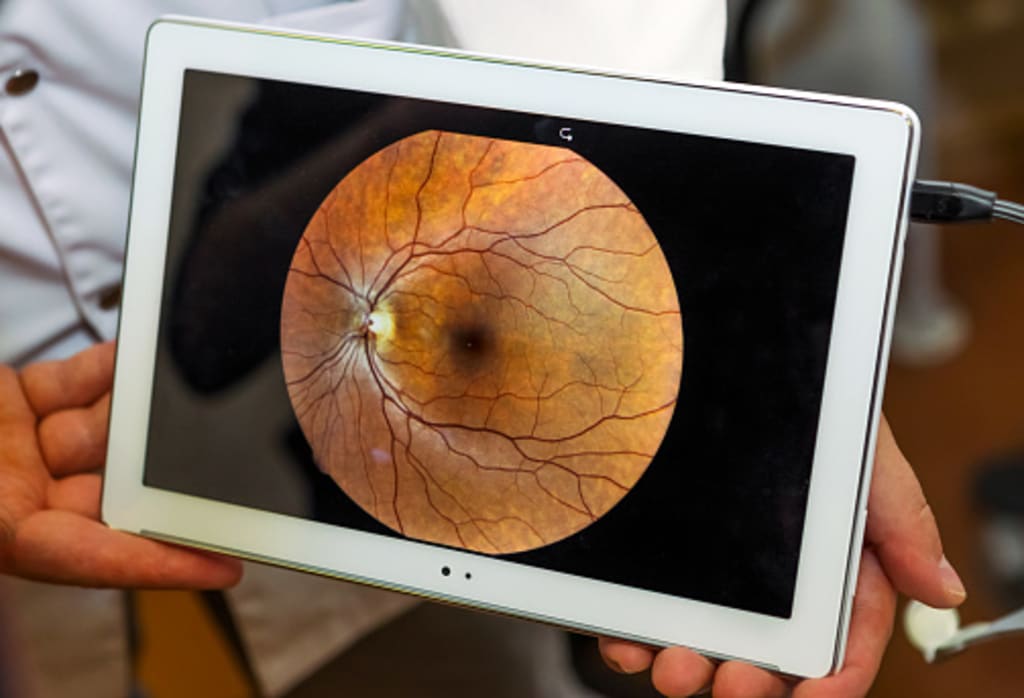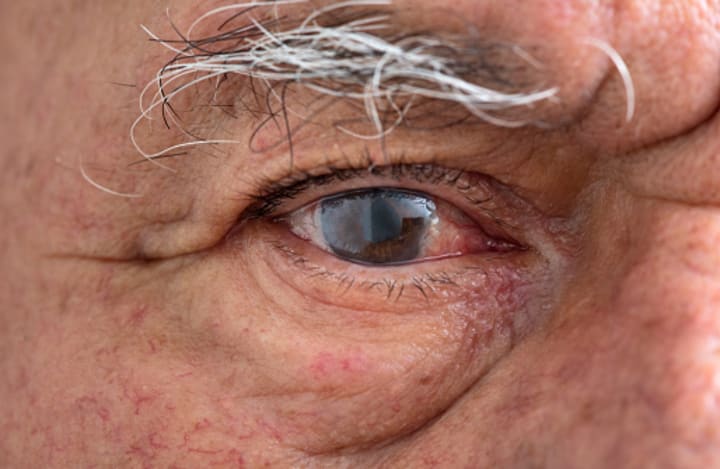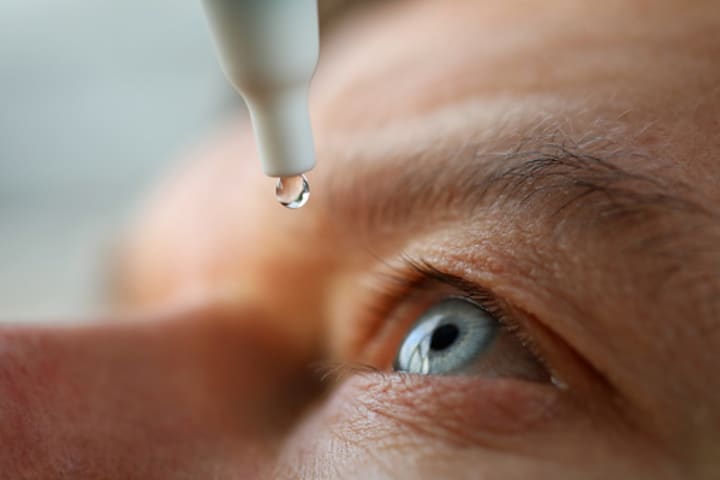Everything You Need to Know About Glaucoma
Causes, Types, Risk Associated, & Treatment

Among the various chronic diseases that affect the eyes is Glaucoma. It results from increased pressure in the eye, which can lead to complete loss of vision.
Though it is a painless disorder, it can lead to severe results. Hence, if you are suffering from Glaucoma or doubt yourself of having one, you must look for the best eye doctors around you. This is because the best way to get rid of this issue is by getting timely eye examinations through particular diagnostic tests under professional supervision and support.
Understanding Glaucoma
Glaucoma is an eye disease that can originate on its own or as a result of any other chronic disease. Within this ailment, the eye pressure increases to a great extent that may damage the optic nerve, leading to permanent loss of vision.
What Causes Glaucoma?
Glaucoma can be primary or secondary depending on its root cause. Primary glaucoma can result from various factors, when:
· You are above 60
· Have a family history of glaucoma
· Have high intraocular pressure
· Suffering from various ailments or disorders
· Taking corticosteroids medication for longer periods

Secondary Glaucoma results as a consequence of various ailments, such as:
· Eye injury
· High pressure in the eye
· Blocked blood vessels
· Diabetes
· Inflammatory eye condition
Different Kinds of Glaucoma
Glaucoma is of different kinds. The two major forms are – primary open-angle and narrow-angle or angle closure. More than 95% of glaucoma patients suffer from open-angle glaucoma.
Besides these, the other types of glaucoma are:
· Pigmentary
· Secondary
· Congenital
· Low Tension
· Pseudoexfoliationon
How Glaucoma is Detected?
Detection of Glaucoma is possible through a series of eye examinations by a professional specialist.
· Dilated Eye Exam – The eye care expert first dilates the eye pupils using drops and then uses a magnifying lens to examine the optic nerves and retina. The vision may stay blurred for a few hours because of the drops.
· Visual Field Test – One of the symptoms of glaucoma is loss of side vision. It helps the professional to test the peripheral measures.
· Visual Acuity Examination - Glaucoma can lead to the narrowing of the eye’s visual field as well as deterioration of vision quality, color discrimination, and contrast sensitivity.
· Pachymetry – This test measures the cornea thickness and is done using specialized equipment called a pachymeter.
· Tonometry – It is done using a device called a tonometer. It delivers the highest precise results in detecting glaucoma.
Who is at Risk of Glaucoma?
You are at risk of experiencing Glaucoma if you fall under one or more categories:
· Elevated pressure in the eye
· Age
· Spanish or African ancestry
· Family history of Glaucoma
· Past eye injuries
· Nearsightedness or Farsightedness
· Thinner Corneal Thickness
· Systemic health issues, like migraine headaches, poor circulation, and diabetes
Treatment of Glaucoma
Reputed eye center offers glaucoma treatment in Chesapeake with following treatment options to alleviate the effect of Glaucoma. It is because there is no treatment available that can fully cure this problem.

Eye Drops
A lot of medicated eye drops are available, which can reduce eye pressure. These drops boost the fluid outflow and reduce the production of fluid in the eyes.
Medications
Stand-alone medications or supplemented medicated eye drops are useful to alleviate the issues you are experiencing with glaucoma.
Drainage Tubes or Shunts
In this procedure, a flexible tube is placed within the eye’s drainage area for promoting fluid escape. It is done after various series of treatments.
Laser Trabeculoplasty
This energy is useful for clearing blocked channels within the trabecular meshwork. Particular cells are treated in the process and the results obtained are instant.
Laser Peripheral Iridotomy
The laser is useful for creating a tiny hole on the external edge of the iris for releasing fluids. It is used as a preventative measure for individuals with narrow drainage areas in the eye or cure existing glaucoma.
Filtration Surgery or Trabeculectomy
It is known as conventional glaucoma surgery where a tiny hole is created in the white portion of the eye. This creates a drainage flap for the fluid for draining at a specific rate.
The correct treatment depends on the kind of glaucoma, the complexity of the condition, and the overall health of the eye. You require regular monitoring to make sure the treatment is working. This keeps the pressure in a normal range for unique eyes and can protect the optic nerve from additional damage.
It is possible to detect glaucoma with a series of steps, but this problem is not completely curable. This problem can be prevented by significant vision loss. Hence, it is essential to get early treatment for Glaucoma from experts.
About the Creator
Griffey Eye Care
Read Everything related to concern & awareness about Eye Care.
Enjoyed the story? Support the Creator.
Subscribe for free to receive all their stories in your feed. You could also pledge your support or give them a one-off tip, letting them know you appreciate their work.






Comments
There are no comments for this story
Be the first to respond and start the conversation.